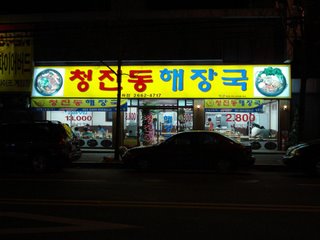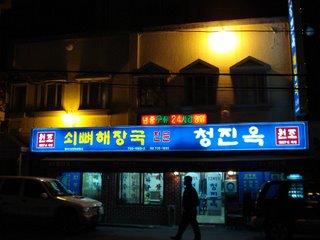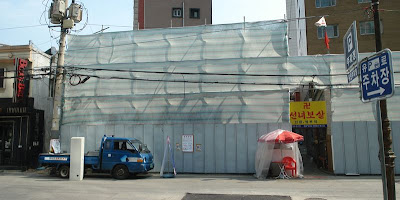It seems that we relish accurately pinpointing the first time a Korean tasted this beverage. This historical event of great significance took place in 1884, when Korean and American representatives celebrated the signing of a treaty between the two states.To be certain, Koreans tasted beer almost 10 years earlier, as reported by Cyprian Bridge when the Audacious, the flagship of Britain's China Fleet, visited Geomundo in 1875.
The surviving pictures of the banquet clearly show that beer bottles were present on the table. Perhaps, some Koreans tasted the strange liquid, even if it remains unknown what they thought of its peculiar taste, so different was it from the beverages they were accustomed to.
Some of the Korean officials on the island boarded the ship:
Hospitality was thrust upon them in the English manner by the offer of the national beverage. They expected their hosts to taste first, and then they themselves took long sips of the ale. The glasses were put down, and no sign of pleasure or of disgust appeared upon the face of either; but, after a decent interval, the tall Korean called again for paper and pencil, and this time wrote a request that the pale-ale — not, it is true, improved by a voyage half round the world — might be given to his low-born countrymen who worked the boat in which he came on board. After this he was tried with a sweet, highly-flavoured liqueur. Of this both he and his companion altogether approved, and no pressure was needed to induce them to accept a second glass.
It may be possible that a Korean tried beer during the American expedition to Korea in 1871 (which I first wrote about at the end of this post). Below is a Felice Beato photo of a Korean man holding empty bottles. Of course, I can't be certain either that they are beer bottles, or that any Koreans would have tried any of the beer in them if they were.

Lankov's article continues:
The rise in beer consumption began in the 1970s, following both urbanization and an increase in income levels. The new city dwellers wanted to drink something more sophisticated than old good makgeolli or other common beverages.I was reminded of "Cool Hof," a bar that used to exist near where I live.
They also had money to afford this pleasure. This was also when beer halls began to proliferate across the country (yes, until the 1970s there were no "hoffs" in Korea).

Behind the disembodied sax player you can almost see inside.

A friend of mine told me that the interior was very much like an 80's style hof, but unfortunately I don't have any interior photos. I'm sure there are many such places still around. Not this one, though. As I mentioned here, it was replaced by a Cheongjin-dong Haejangguk.

This is a chain named after the fact that Cheongjin-dong, north of Jongno and next to the Kyobo building, is well known for several haejangguk restaurants, such as Cheongjinok, pictured below, which has been around since 1937.

Whoops, wrong tense. It had been around since 1937.

Much like 'Podo Maeul' or Boksagol cultural center in Bucheon, (named after the grapes and peaches that used to grow in the area), you now have a chain of restaurants named after a soon-to-be demolished dong (or neighborhood) that was, up until a month or so ago, famous for haejangguk.
But that's a post for another day. Man, I need a beer.


No comments:
Post a Comment